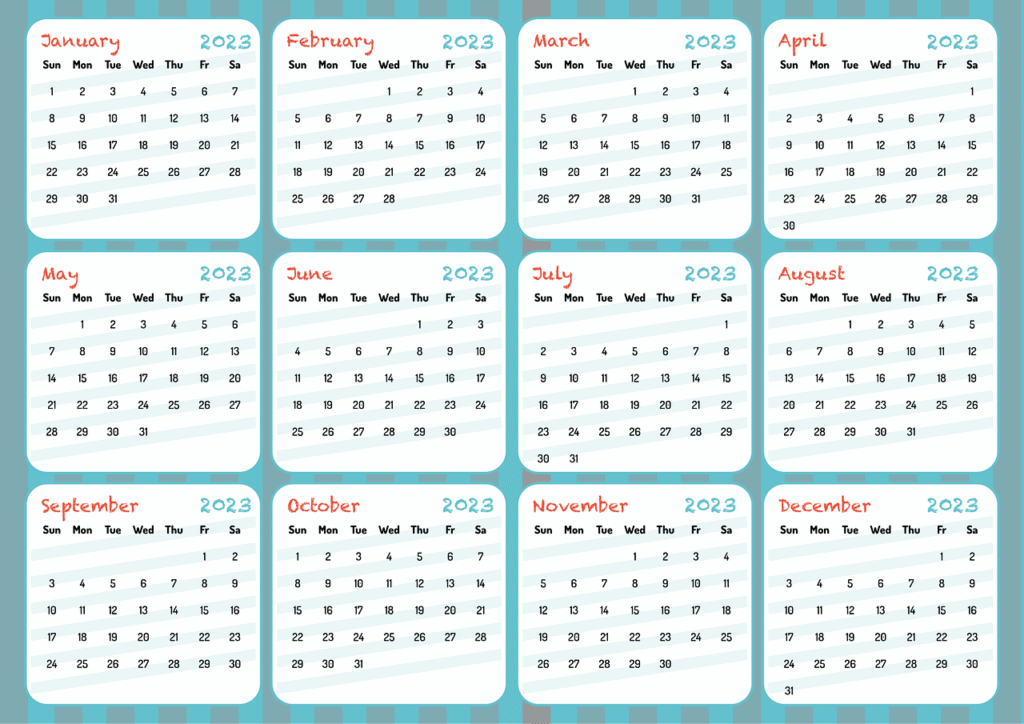How long do you think $1 million would last you in retirement? As you ponder over this, many factors will influence your answer. Planning for retirement is a complex puzzle with many shifting pieces. From fluctuating costs of living to unexpected life events, the question of whether your savings can sustain you throughout your golden years requires careful consideration and strategic planning. With $1 million as the cornerstone of your retirement fund, let’s explore the variables that will determine how long this substantial sum can support your lifestyle.
Understanding Your Retirement Needs
Before diving into the figures and variables, one of the most critical steps in planning for retirement is understanding your personal needs and goals. The duration that $1 million will last is heavily dependent on your expected lifestyle and financial commitments during retirement.
Assessing Your Retirement Lifestyle
Imagine the lifestyle you desire during retirement. Would you prefer to lead a modest lifestyle, or are you planning for travel and luxury experiences? This vision will direct how you plan and how much you will spend. It’s crucial to tally potential expenses such as housing, healthcare, daily necessities, and discretionary spending.
Consider the type of accommodation you envision. Will you own your home, rent, or perhaps downsize? Each option comes with varying costs that will affect your financial longevity. Additionally, think about your expected healthcare needs, as medical expenses tend to rise with age.
Creating a Budget
With a clear picture of your retirement lifestyle, the next step is to create a budget that reflects these choices. Establish a monthly and yearly expenditure plan that incorporates all necessary categories. Factor in essentials like housing, food, transport, and medical care, but don’t forget to include leisure activities and contingencies for unexpected expenses.
When calculating your budget, it’s also beneficial to consider inflation, as the cost of living today will not remain constant over the years. A budget based on today’s prices might fall short in the future, thus planning with a buffer for inflation is paramount.
The Role of Inflation
Inflation erodes the buying power of your savings over time, which is a critical aspect to consider when evaluating how long $1 million will last. Even mild rates of inflation can significantly impact your finances over a retirement that spans decades.
Understanding Inflation Effects
Inflation means that the value of money decreases over time, making goods and services more expensive. For instance, if the inflation rate is 3% per year, an item that costs $100 today will cost around $134 in 10 years. This means your $1 million today might not afford you the same lifestyle in the future without proper planning.
Preparing for Inflation
To counter the effects of inflation, your investment strategy in retirement should focus on generating returns that outpace inflation. Diversifying your portfolio with stocks, real estate, or other growth assets can help maintain your purchasing power.
Planning for an increasing cost of living should be an ongoing process. Regularly revisiting and adjusting your budget and investment strategy will provide a buffer against these financial pressures.

This image is property of pixabay.com.
Estimating Life Expectancy
Another critical factor that influences how long $1 million will last is your life expectancy. While it’s impossible to predict exactly how long you’ll live, it’s essential to use statistical averages and personal health factors to make an educated estimate.
Personal and Family Health History
Examining your health, family history, and lifestyle choices can give you clues about your potential longevity. Generally, those with healthy habits and long-lived ancestors may anticipate a longer retirement period.
Statistical Averages
On average, people are living longer due to medical advances. Currently, the life expectancy in many countries ranges from the late 70s to early 80s. However, planning for a lifespan into the 90s or longer can provide a conservative strategy to prevent outliving your savings.
Annuities and Guaranteed Income Streams
Beyond relying solely on savings, incorporating guaranteed income products, such as annuities, can introduce financial stability into retirement planning. These financial products offer the security of a predictable income stream, which can be invaluable in managing a fixed budget.
Understanding Annuities
Annuities are contracts with an insurance company that provide regular payments over a specified period, in exchange for a lump-sum investment or several smaller payments. They come in various types such as fixed, variable, or indexed annuities, each with unique features tailored to different risk tolerances and financial goals.
Evaluating Other Income Sources
Beyond annuities, consider other potential sources of retirement income like Social Security, pensions, rental properties, or part-time work. Diversifying your income streams reduces reliance on any single source of funds, which can help ensure longevity of your retirement nest egg.

This image is property of pixabay.com.
Managing Investment Risks
Investment strategy during retirement is crucial. Ensuring your savings grow over time while managing risk is a fine balance necessary to stretch your savings.
Risk Tolerance and Asset Allocation
Re-assess your risk tolerance periodically. While some risk is necessary to combat inflation, too much can lead to substantial losses. A diversified asset allocation that mixes stocks, bonds, and other investment vehicles helps manage this balance effectively.
Rebalancing Your Investment Portfolio
Regular rebalancing of your portfolio is crucial to maintain your ideal asset allocation according to changing market conditions and retirement goals. This process involves reviewing and adjusting your investments to adhere to your target allocation, thus minimizing risks.
Planning for Healthcare Costs
Healthcare is among the most significant expenses in retirement and can dramatically affect how long $1 million lasts.
Estimating Healthcare Expenses
It’s vital to have a realistic estimate of medical costs, including insurance premiums, out-of-pocket expenses, and potential long-term care needs. These expenses tend to increase with age, and preparing for them is essential.
Medicare and Supplemental Insurance
Understanding benefits and limitations of Medicare and considering supplemental insurance coverage for extra protection can impact your healthcare cost predictions. Comprehensive coverage might require more premium expenditure upfront, but can save substantial amounts over time.

This image is property of pixabay.com.
Considerations for Long-Term Care
Planning for potential long-term care is a critical aspect of retirement strategy.
Long-Term Care Insurance
This insurance covers services like nursing home stays or in-home care, which can otherwise be prohibitively expensive. While these policies can be pricey, they offer peace of mind and financial protection.
Creating a Care Strategy
Beyond insurance, developing a care strategy with family members can help. Whether it’s discussing assisted living options or adapting your home for aging, having a plan in place can alleviate future stress and financial unpredictability.
Exploring Retirement Withdrawal Strategies
The strategy used to withdraw funds from your retirement account affects how long your savings last.
The 4% Rule
A traditional rule of thumb suggests withdrawing 4% of your retirement savings annually to create a sustainable income. However, with lower expected returns and increasing lifespans, the applicability of this rule is being reevaluated.
| Strategy | Withdrawals | Benefits | Considerations |
|---|---|---|---|
| 4% Rule | 4% yearly | Simple, provides stable income | May not consider changing market conditions |
| Dynamic | Varies | Adjust withdrawals based on performance | Requires more management, fluctuating income |
| Bucket Approach | Segmented | Reduces risk by allocating funds for near, mid, and long-term needs | Complexity in initial setup |
Dynamic and Bucket Approach Strategies
A dynamic withdrawal strategy adjusts the amount you take out based on your portfolio’s performance. Meanwhile, a bucket approach segments your portfolio into needs for various time horizons, reducing volatility impacts.

Estate Planning Considerations
Beyond ensuring you have enough to live on, planning for wealth transfer and estate management are integral to comprehensive retirement planning.
Creating a Will
Having a will ensures your assets are distributed according to your wishes and can help avoid legal complications for your heirs.
Trusts and Beneficiaries
Consider setting up trusts for asset protection and tax efficiency. Continually review and update beneficiaries on all your accounts to align with your estate planning goals.
The Importance of Regular Review
Remaining flexible and adaptable with your financial planning ensures that your retirement goals remain achievable, even as conditions or circumstances change.
Financial Planning Reviews
Regular reviews with a financial advisor can help you stay on track, adjust strategies when necessary, and capitalize on new opportunities to optimize your savings longevity.
Adapting to Life Changes
Life is unpredictable. Health fluctuations, family dynamics, or market changes can affect financial plans. Stay open-minded and ready to adjust plans to accommodate these changes efficiently.
Retirement planning is a journey requiring foresight and the ability to adjust course as needed. While $1 million is a robust foundation, its longevity is dependent on carefully curated strategies tailored to your unique needs, lifestyle aspirations, and financial outlook. By considering all these factors and maintaining an ongoing dialogue with your finances, you can build a sustainable and fulfilling retirement.


